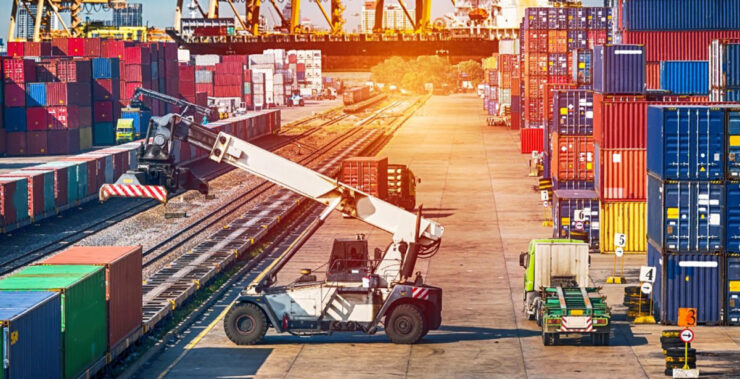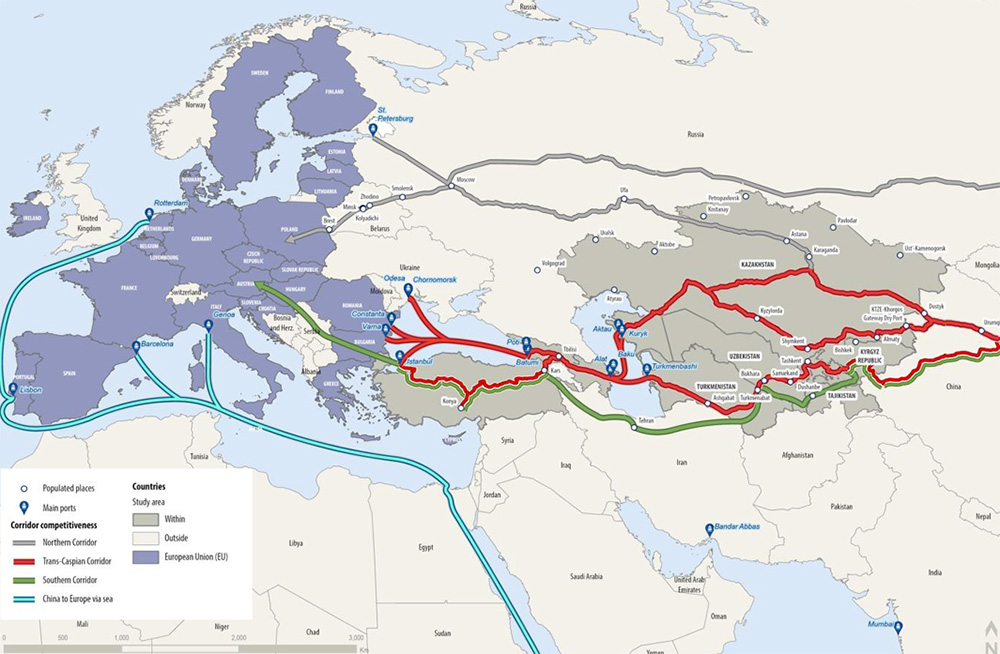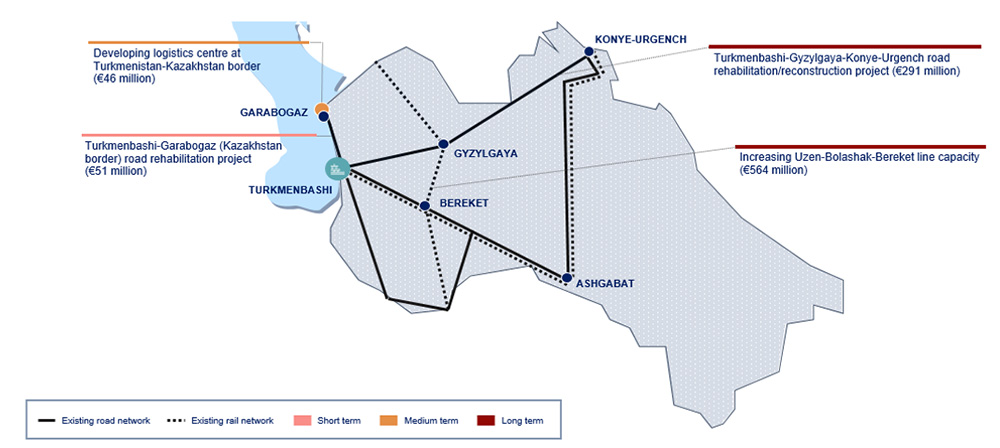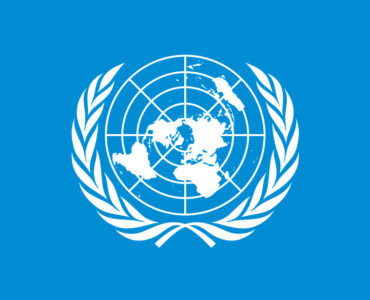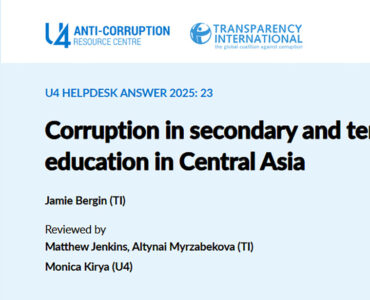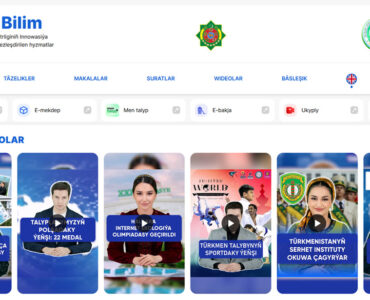The European Bank for Reconstruction and Development (EBRD) conducted a comprehensive study to integrate five Central Asian countries – Kazakhstan, Kyrgyzstan, Tajikistan, Turkmenistan, and Uzbekistan – into a sustainable transport network connected with the EU’s Trans-European Transport Network (TEN-T). The report titled “Sustainable Transport Connections between Europe and Central Asia” was published in June 2023. The initiative aims to foster stronger Europe-Central Asia ties.
Source: CPCS, a map of transport corridors connecting Central Asia and Europe.
The report highlights:
- Turkmenistan’s involvement in international conventions and its modernized Turkmenbashi port underscore its pivotal role in enhancing regional connectivity through the Caspian Sea.
- Turkmenistan has made notable investments, which led to the construction of several railway bridges and routes, bolstering the country’s potential in the transport sector.
Despite Turkmenistan’s economy being heavily reliant on gas and oil exports, there is untapped potential in non-gas and non-oil sectors like transport equipment, electrical and machinery goods, and agriculture. Although most regions in Turkmenistan are not directly within the Central Asia Transport Connectivity Network (CTCN) catchment area, enhancing transport links to Central Asian neighbors could significantly aid these primary economic producers in integrating into regional value chains.
Transport sector emissions
The environmental impact of the transport sector is a critical consideration, as it accounted for 22% of Turkmenistan’s total CO2 emissions in 2022. As a comparison, the share of transport CO2 emissions in Kazakhstan is 11%, in Uzbekistan 15%, in Kyrgyzstan 17%, and in Tajikistan 23%. This underscores the importance of developing sustainable and environmentally friendly transport solutions in the region.
Digitalization of transport documents for paperless cross-border trade is considered at “Limited Progress” by the authors of the report.
Donate to support Turkmen analysts, researchers and writers to produce factual, constructive and progressive content in their efforts to educate the public of Turkmenistan.
SUPPORT OUR WORKTurkmenistan has also initiated steps towards digitalizing its transport processes, particularly in international transit, by adopting the TIR-EPD (electronic pre-declaration to customs authorities) system. This move enhances the security and efficiency of transit operations through improved risk management. However, the country still lags in implementing paperless trade systems and needs to progress towards fully digitizing its trade processes.
Investment priorities
The report outlines short-term, medium-term, and long-term infrastructure investment priorities for Turkmenistan.
- Short-term: the rehabilitation of the Turkmenbashi-Garabogaz road has been emphasized. This road is a major transit cargo route along the Caspian Sea basin, and its rehabilitation would enhance connectivity between the ports of Turkmenistan and Kazakhstan.
- In the medium term: the development of a logistics center at the Turkmenistan-Kazakhstan border is proposed to support more efficient operations at the border, which will reduce congestion, and lower transaction costs of the operators and service users.
- Long-term priorities include the Turkmenbashi-Gyzylgaya-Konye-Urgench road project and the expansion of the Uzen-Bolashak-Bereket railway line, both crucial for enhancing regional connectivity, establishing more direct links between the Turkmenbashi port and Uzbekistan.
Source: CPCS, a map of transport infrastructure investment needs in Turkmenistan.
Recommendations
The report lays out recommendations to the government of Turkmenistan to improve transportation and trade through various strategic actions:
- Digitize transport documents, implement digital queuing and visa procedures, enable digital customs-customs information exchange, and digitally document information about the shipped goods, as well as the transporting and receiving parties.
- Increase interoperability: While truck weights and dimensions are harmonized with other Central Asian countries (except Uzbekistan), they slightly differ from EU standards. The country needs to enforce these standards more rigorously and introduce requirements for cargo insurance and cargo storage safety.
- Enhance Public-Private Partnership (PPP) environment: Turkmenistan does not permit PPPs; however, the introduction of a PPP framework could support private-sector participation in economic development, putting less pressure on fiscal balances.
- Reform visa requirements: Visa requirements for drivers and additional requirements for specific imports remain significant trade barriers. Relaxing these measures would reduce transaction costs for network users and integrate the country’s network into regional trade corridors.
- Strengthen sanitary and phytosanitary regulations: Regulations to align with international best practices is crucial for trade facilitation.
- Liberalize the market: The proposal recommends liberalizing quota/permit systems to allow cabotage (the right to operate transport services within a particular territory), reducing restrictions on cabotage for road and rail operations.
- Improve tariff-setting mechanism: Being outside the Eurasian Economic Union (EAEU), Turkmenistan does not benefit from lower regional tariffs. The introduction of market-reflective tariffs, frequent reassessment of tariff levels, and consistent implementation of tariffs would be beneficial for the country.
- Increase funding for transport infrastructure. There is the absence of dedicated funding sources for road maintenance and for improving the country’s transport network.

